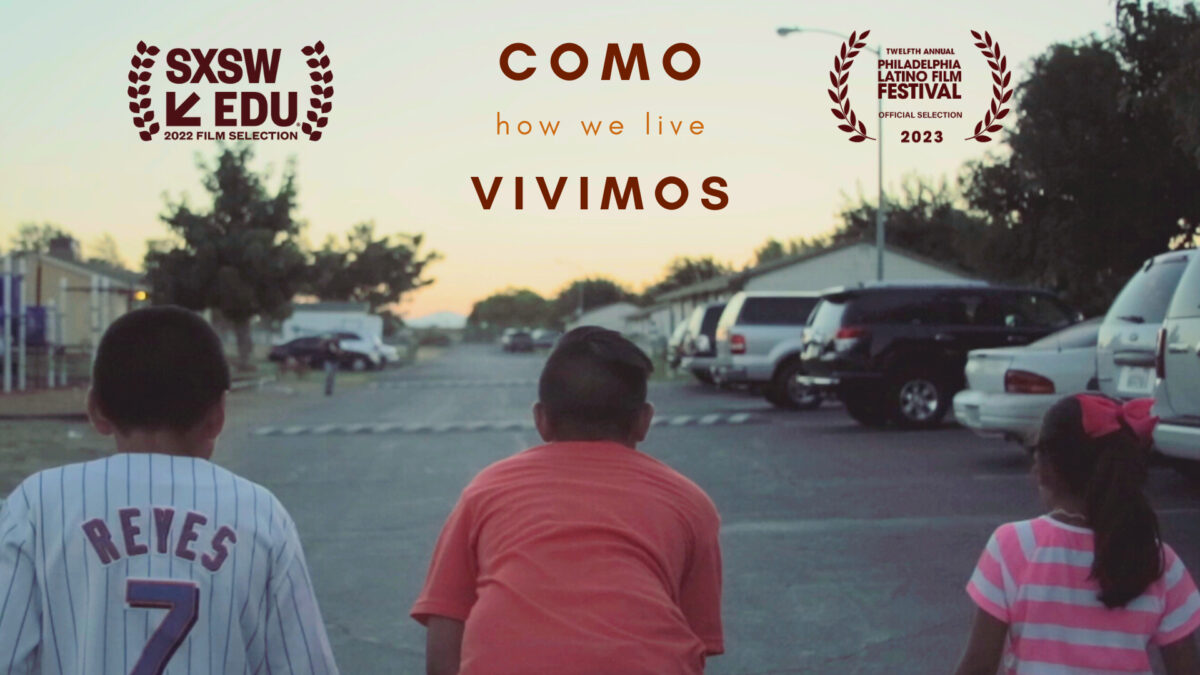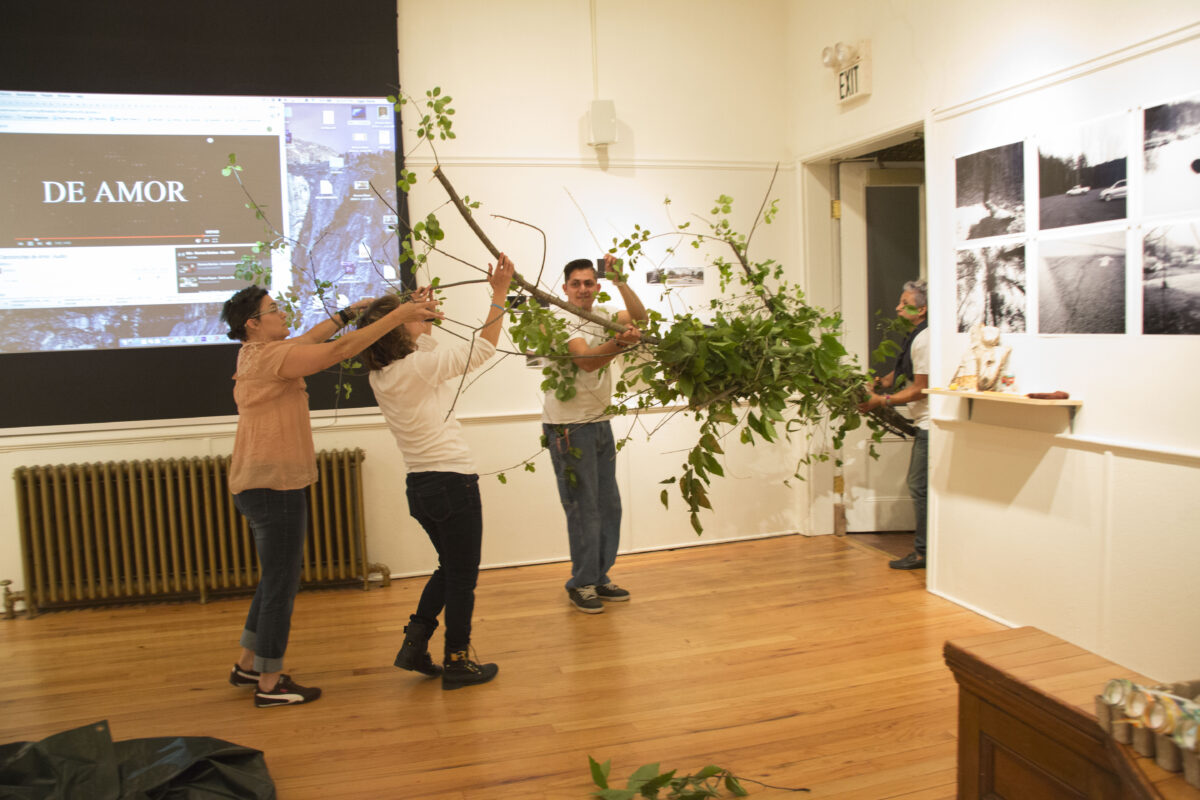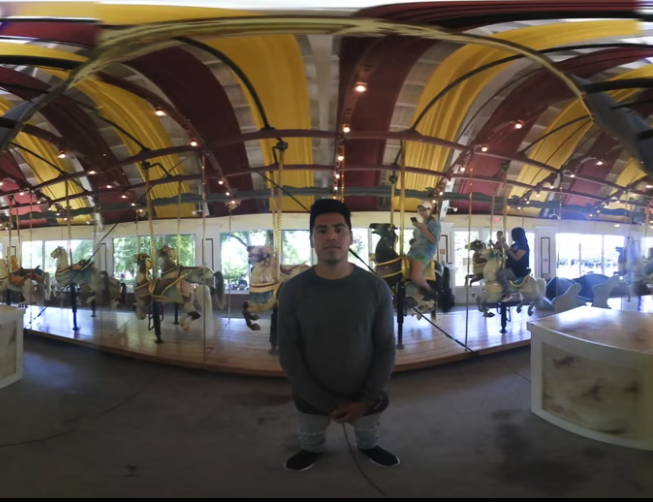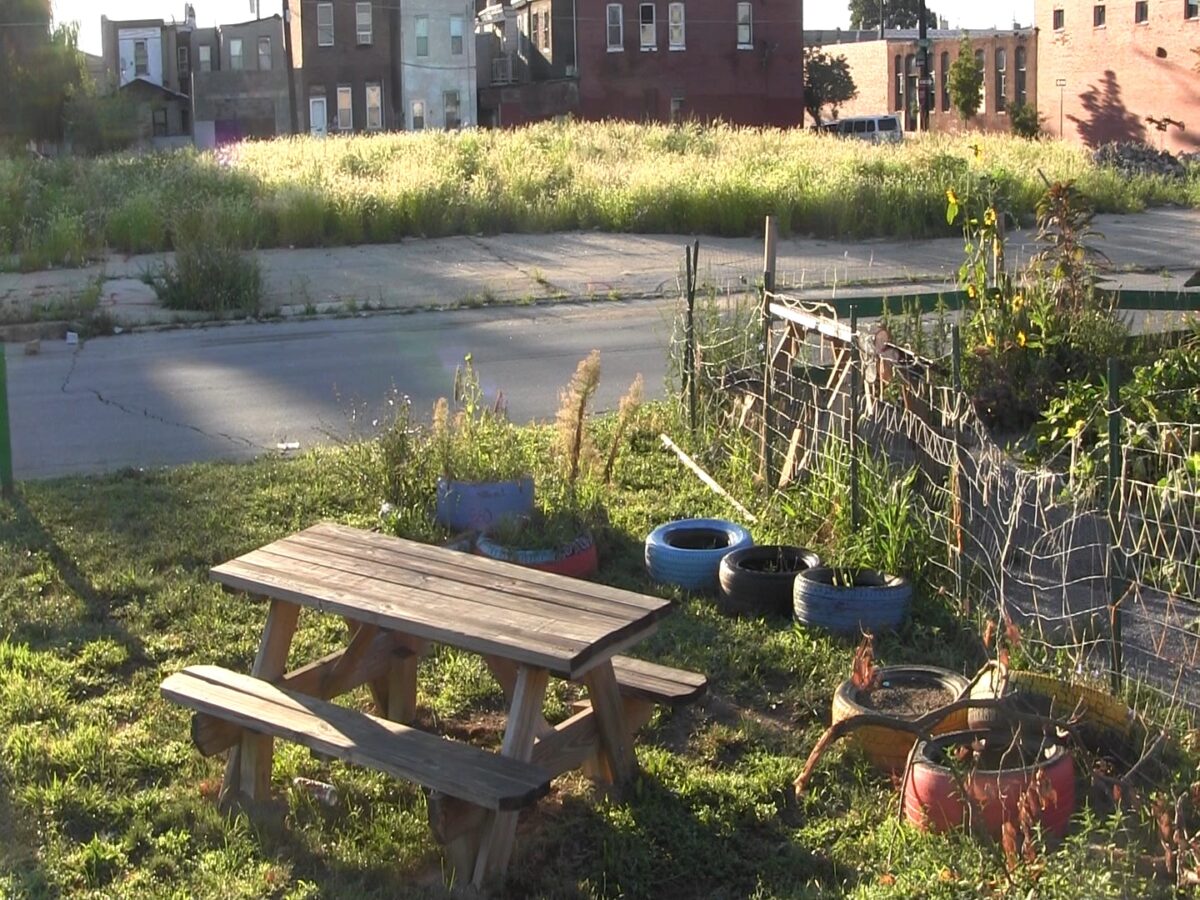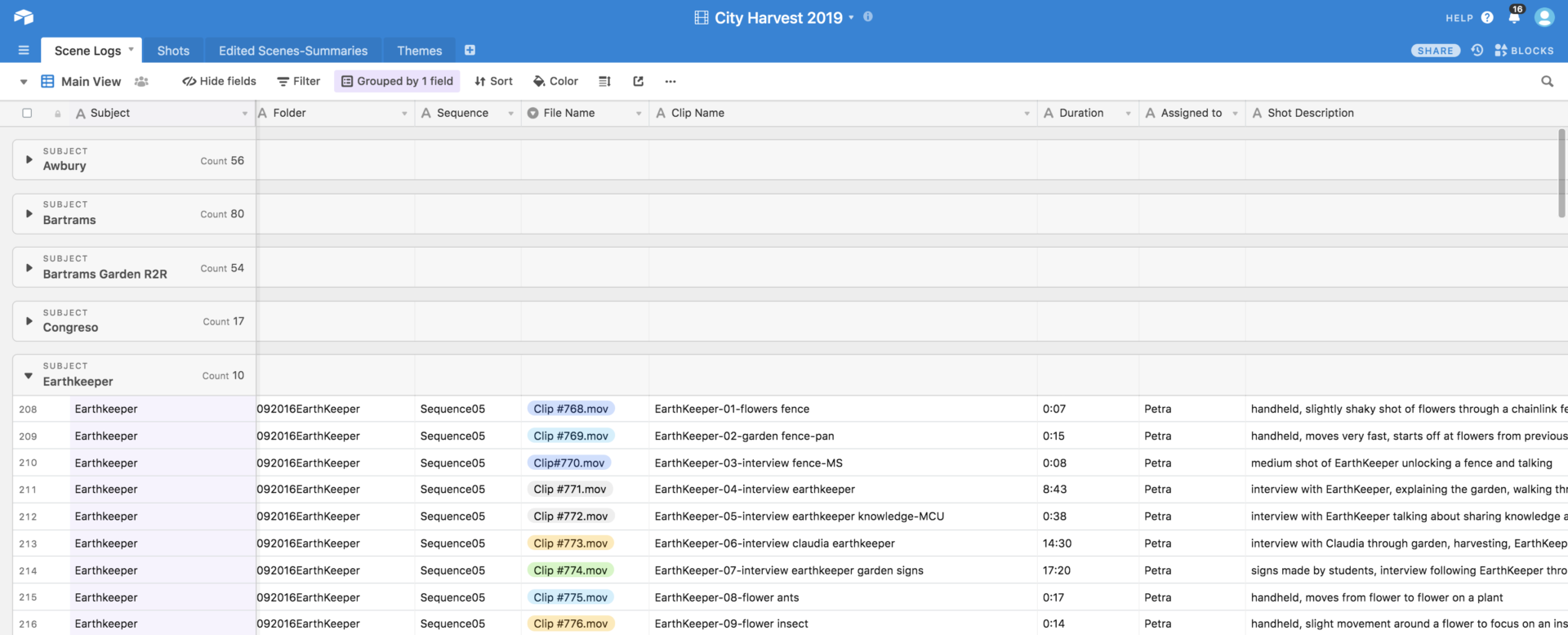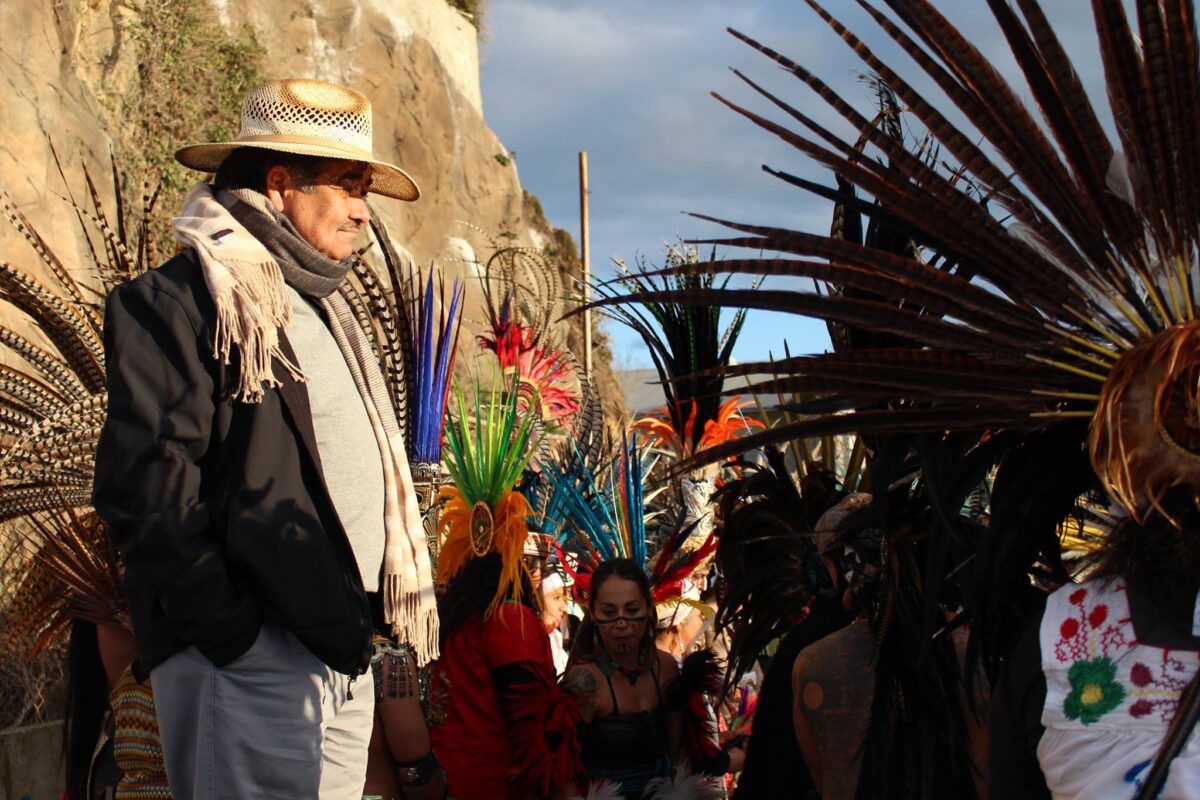LOGLINE
In California’s Central Valley, tucked between the county jail and the shooting range, 100 Mexican-American farmworking families live, love and strive at the Artesi II Migrant Family Housing Center. Until every December, that is, when they’re asked to leave.
SHORT SYNOPSIS
The Artesi II Migrant Family Housing Center is home to 100 Mexican-American families whose careers are dedicated to tending California’s economic engine: agriculture. Yet, due to an antiquated set of policies, families must uproot their lives every December, move out of their apartments, remove their children from school, and travel 2,000 miles back to Mexico for at least three months. Despite U.S. citizenship and decades of contributions, this annual forced migration obstructs families’ ability to participate fully as citizens.
Como Vivimos is, on hand, a sociological analysis of state power and of the construction of second-class citizenship through bureaucratic machinery. But more centrally, the film’s point-of-view is grounded in the experiences of resident families. Through a year in the life of Artesi II, we’ll observe as families cultivate an alternative sense of belonging through ritual and community.
SUPPORT
- CalHum Research and Development Grant, 2015
- BAVC National Mediamaker Fellowship, 2016
- Muhlenberg College Summer Research Grant (2016)
- Wexner Film / Video Studio Center residency with in-kind editing support, 2018 – ongoing
- iMEdD international incubator for media education & development (2021)
- Georgia State University Summer Research Grant (2020, 2021)
LONGER SYNOPSIS
This is a film about belonging and citizenship. It asks what it means to belong, who belonging is permitted to, and how people negotiate the systems and situations that draw boundaries around their sense of belonging. Where are their resiliencies and resistances?
First constructed in 1965 on the heels of the Bracero program, California’s Migrant Family Housing Centers were designed to serve those who traveled yearly from Mexico to the United States for agricultural work. Today, 24 such Centers are scattered across the 450 miles of Central Valley land on which are grown 2/3 of the nation’s fruits and vegetables. Operated by the Office of Migrant Services (OMS), a program of the State’s Department of Housing and Community Development, each Center is a gated apartment complex of two- three- and four-bedroom apartments that provides temporary, subsidized housing to families who work this land every year.
But in order to be able to access this affordable housing option, families must remain migratory. When the harvest season ends in late fall or early winter, the centers close for residence. At that point, families are required by state regulations to vacate their apartments and live “outside a 50-mile radius of the centers for at least 3 months” during the off-season in order to be eligible to move back into the centers the following year.
In the Artesi II housing center where Como Vivimos takes place, the centers are open for residence for nine months each year, from March 15 through December 15. This means that by December 15, families must pack up all their belongings and move to a location at least 50 miles away for a period of at least three months. A short-term lease in a nearby town on a farmworking salary is a difficult find in California’s housing shortage.
Most families choose a more feasible though no more convenient alternative; they retire their belongings to storage, park their cars in a friend’s lot, pull their children out of school, and return to Mexico for the off-season. The 100 families living in the Artesi II Migrant Family Housing Center in French Camp hail largely from Michoacán and return there each year. Though the Centers were originally intended to house migratory families only temporarily, may of the families living in Artesi II have been repeating this same cycle for years, if not generations.
